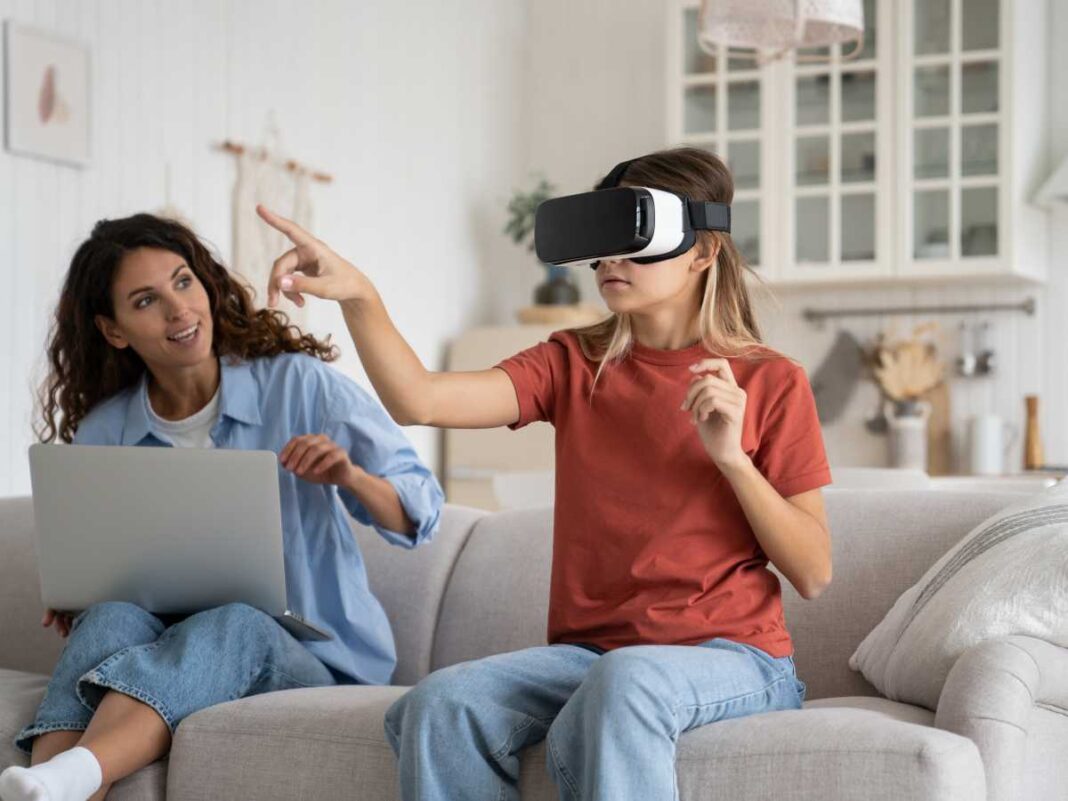Virtual Reality (VR) is revolutionizing the educational landscape by offering immersive, interactive experiences that transcend traditional learning methods. As technology becomes more sophisticated and accessible, educators are leveraging VR to enhance engagement, understanding, and retention among students of all ages.
The Rise of Virtual Reality in Education
Over the past decade, VR has transitioned from a novelty to a powerful educational tool. By simulating realistic environments and scenarios, VR enables students to explore and interact with content in ways previously unimaginable. Immersive Virtual Reality (IVR) creates a sense of presence and immersion that deeply engages learners, fostering active participation in their education.
Researchers have conducted systematic reviews to understand the advantages of IVR in educational settings. For instance, a study analyzing data from 30 research articles found that IVR positively influences learning outcomes when compared to other media. This underscores the transformative potential of VR in fostering knowledge and skills through active learner engagement.
Benefits of VR in Learning
Enhanced Engagement and Retention
VR captures students’ attention more effectively than traditional methods by providing dynamic and interactive experiences. Instead of passively reading about the solar system, students can don a VR headset and visually explore planets in a three-dimensional space, leading to improved knowledge retention.
Immersive Learning Environments
One of the most significant advantages of VR is the ability to create immersive learning environments. Students can embark on virtual field trips to historical landmarks or distant geographical locations, experiencing places like the Great Wall of China without leaving the classroom. This immersive approach makes learning more engaging and memorable.
Personalized Learning
VR technologies often incorporate adaptive learning features that tailor content to individual student needs. By adjusting the difficulty level and providing instant feedback, VR ensures that each learner receives personalized support, enhancing their educational experience.
Collaborative Learning Opportunities
Virtual environments enable students to collaborate seamlessly, regardless of their physical location. Through VR, students can work together on group projects, conduct experiments, or participate in discussions within a shared virtual space, fostering teamwork and communication skills.
Applications Across Various Subjects
STEM Education
VR is making significant strides in STEM (Science, Technology, Engineering, and Mathematics) education. In subjects like biology, students can examine the human body’s organ systems in 3D, deepening their understanding of complex anatomical structures. Engineering students can simulate experiments with complex machinery, gaining hands-on experience in a risk-free environment.
History and Social Studies
By transporting students to different times and places, VR brings history to life. Learners can take virtual tours of historical landmarks, witness reenactments of significant events, and interact with historical figures, making the study of history more engaging and impactful.
Language Learning
VR provides immersive environments for language learners to practice conversational skills. Students can interact with native speakers in virtual settings, exploring cultural contexts and improving their language proficiency through practical application.
Art and Design
In virtual studios, art students can experiment with creative ideas, techniques, and materials. VR allows for three-dimensional exploration of artistic concepts, fostering innovation and expanding the boundaries of traditional art education.
Challenges and Considerations
Technical Limitations and Cost
Despite its benefits, VR adoption in education faces challenges. High costs of equipment and software can limit widespread implementation in schools. Additionally, technical issues such as hardware malfunctions and the need for robust computing resources can hinder the learning experience.
Accessibility and Educator Training
Ensuring that all students have access to VR technology is crucial. Schools must accommodate diverse learner needs, including those with disabilities. Furthermore, educators require proper training to effectively integrate VR into their curricula, necessitating professional development opportunities focused on these emerging technologies.
Future Potential of VR in Education
As VR technology continues to evolve, its applications in education are expected to expand. Innovations like augmented reality (AR) and mixed reality (MR) are blending virtual and real-world experiences, pushing the boundaries of immersive learning even further. The integration of artificial intelligence (AI) promises to enhance interactivity and personalize learning experiences, tailoring education to individual student needs.
Organizations like VictoryXR are at the forefront of this transformation, offering digital twin campuses and advanced STEM labs to facilitate immersive learning in secondary and higher education. As VR becomes more affordable and accessible, its potential to revolutionize education becomes increasingly attainable.
Conclusion
Virtual Reality holds immense potential in creating immersive learning experiences that engage students, enhance understanding, and foster skill acquisition. By allowing learners to interact with content in dynamic ways, VR transcends the limitations of traditional education methods. While challenges remain in terms of cost, accessibility, and educator training, the ongoing advancements in VR technology are paving the way for a new era in education.
Educators, institutions, and policymakers are encouraged to explore and invest in VR technologies to unlock their full potential. As we continue to integrate VR into educational practices, we move closer to a future where immersive learning is the norm, equipping students with the skills and knowledge they need in an increasingly complex and technological world.


